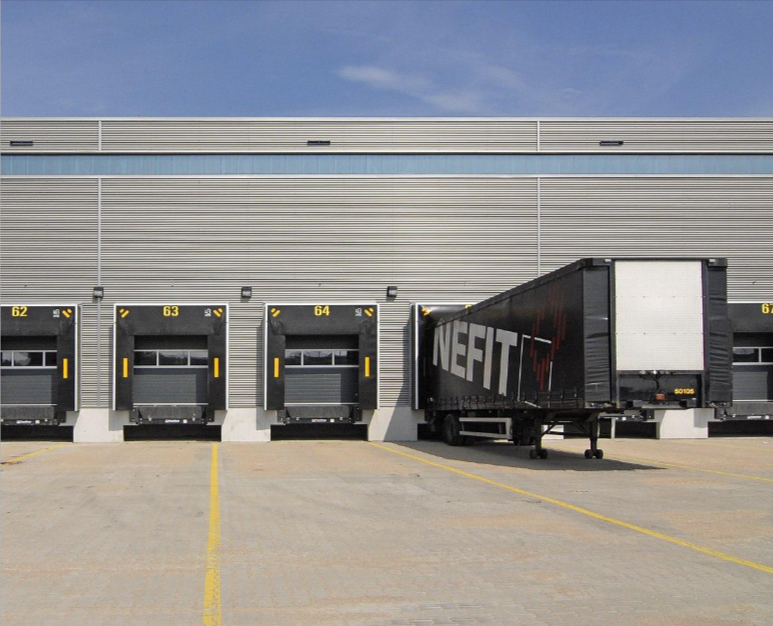This is critical to warehouses, distribution centers, and manufacturing facilities because effective management of time and space in the loading dock would ensure not only successful execution but also support planning and decision-making of the respective operation. For optimized loading docks, increasing productivity in addition to safety means reducing costs and thereby improving the overall logistics performance. In this respect, the paper will delve into some of the strategies and tips that may apply with a view to bringing about increased efficiency in the loading dock. To be highlighted herein, therefore, will be dock levelers.
- Streamline Dock Appointments and Scheduling
Effective scheduling is the cornerstone of loading dock efficiency. The structured appointment system will help the facility best manage the inflow and outflow of goods. They can thus best keep waiting times at a minimum and reduce dock congestion. That is, through the use of advanced scheduling software, dock assignments can be coordinated, and their loading and unloading times kept on track.
- Implement Technology for Better Coordination
Technology can greatly enhance the efficiency of loading docks.
Tools such as real-time communications tools, a warehouse management system (WMS), and a transportation management system (TMS) are able to integrate all these different aspects under one environment for visibility of operations and smooth coordination between the warehouse staff, transportation, and inventory management.
Similarly, RFID tags and barcode scanners quicken procedures linked with the identification of products and location tracking in an attempt to reduce, if not eliminate, errors and time wastage.
- Train and Equip Staff Adequately
Proper training of dock staff is one of the important constituents. Trained personnel perform more effectively, control the equipment, and are oriented towards worksite safety, which should preclude accident cases. Safety standards concern regular training on the machinery operation and the best practices associated with material handling.
- Optimize Dock Design and Layout
The layout in the dock area is paramount to the efficiency of the area. Ensure that its layout is well organized in a way that will make the movement of goods and equipment easier.
This will involve considering an aspect like the height of the dock and the number of dock doors per volume of shipments handled, as they require ample space to make it possible to maneuver vehicles and storing equipment when not in use.
- Utilize Dock Levelers Effectively
Thus, dock levelers are very important components that do help in the safe and efficient transfer of commodities from the warehouse to the transportation vehicles, while minimizing injury or damage risks. They fill the gap between dock and vehicle and at the same time reduce the difference in levels of docks and vehicles.
These include mechanical, and air-powered, hydraulic dock levelers, each with its specific benefits and disadvantages. So, where from here? What type of dock leveler is going to suit them best depends upon the nature of the goods being used and the frequency of those shipments.
- Maintain Equipment Regularly
The levelers, seals, and lift systems of dock equipment all require regular maintenance to operate efficiently and safely. A breakdown can be avoided and prevent the expensive delays due to unexpected breakdowns. It facilitates in maximizing equipment life and staying operational.
- Enhance Safety Measures
First, there’s safety at the loading dock. Use safety tools such as full safety procedures, safety equipment including wheel chuckers, dock bumpers, and barriers, and equipment. Of course, by engaging in regular safety drills and exercises, accidents can also be reduced. Clear signage and marking on the floor will even guide the movement of trucks and forklifts.
- Adopt Lean Warehousing Principles
This shall ensure operations through implementing the guiding lean principles in the process: very minimal wastage at the loading dock. Improvement in work organization and efficiency and safety improvements, e.g., through 5S techniques (sort, set in order, shine, standardize, sustain). The above shall also be of great assistance through making continuous analyses of the workflows and ensuring a continuous reduction of non-value-adding activities at the dock.
- Foster a Culture of Continuous Improvement
Some value-added input can also be realized from employees who are directly involved in dock operations. It is also important to have processes under review and to do so at fixed intervals, taking care to ensure suggestions from employees are put into practice; this will make room for the creation of continuous improvement culture that can be able to sustain the efficiency gains with time.
- Evaluate and Adjust Strategies Regularly
Lastly, this shall be gauged from time to time, whether strategies really implemented shall be considered effective. Use indicators like dock utilization rates, average loading and unloading times, and accident rates accordingly; strategies will be re-evaluated and realigned to ensure that the operations of the loading dock are optimized. Effective dock levelers in such facilities, warehouses, and distribution centers, following these areas well, would raise the levels of efficiency translated into productivity enhancement and improvements on issues of safety enhancement and reduction of the operational costs that would make


